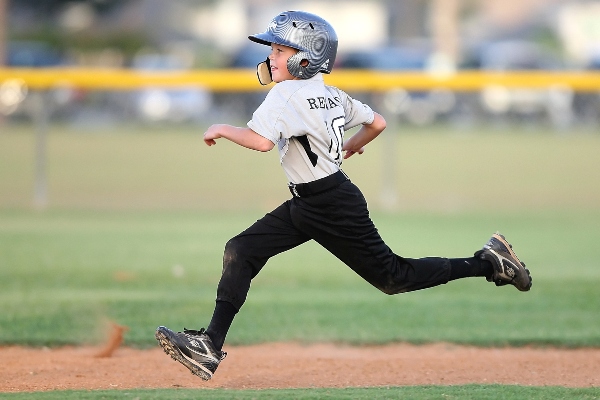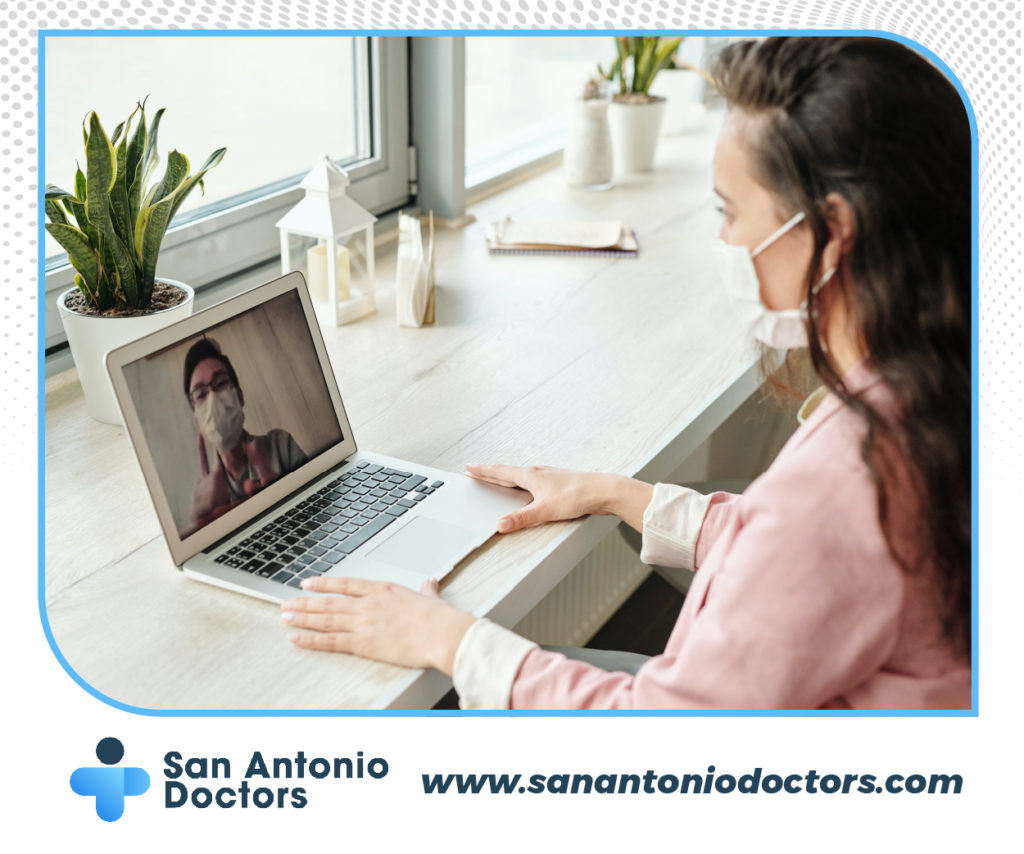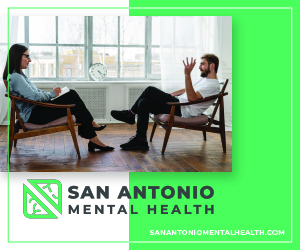Understanding Your Young Athlete
By Annette M. Zaharoff, MD
The popularity of youth sports has steadily increased over the past three decades. More than 23 million children currently participate in scholastic sports, with an additional 20 million in community-based youth leagues.
A survey by The National Federation of State High School Associations found that participation in school sports jumped 77 percent from 1971 to 2005. Participation among girls increased 889 percent over that time, and today one in three girls participates in sports, according to the Women’s Sports Foundation.
With higher participation comes more injuries. In 1997, emergency rooms alone logged in 2.6 million visits for sport-related injuries among 5-to 24-year-olds. Add in the additional injuries evaluated by athletic trainers, pediatricians, primary care physicians, team physicians, sports medicine physicians and those not seeking professional treatment, and the numbers are staggering.
For health care professionals evaluating and treating young athletes, it is important to recognize how their injury patterns differ from adults. These injury patterns reflect the physical and physiological differences between children and adults. For instance, children have open growth plates, their ligaments are stronger than bony attachments, and they experience rapid growth periods. To treat these athletes, the practitioner should be familiar with common injuries that are unique to children. This article will explore some of the sports injuries seen in young athletes.
Growth plate fractures
Growth plates are located near the ends of bones, where growth occurs. This area tends to be weaker than the ligaments that attach to or near the growth plate. This makes the likelihood of fracture to the growth plate more common than a sprain of the ligaments surrounding the joint.
There are five categories of growth plate fractures classified by a scale called the Salter-Harris (SH) scale. The SH- I through V classifications are assigned based on the location of the fracture within the growth plate and the amount of trauma to the bone. Less severe SH-I and II fractures are not always obvious on an X-ray, and diagnosis is made by clinical symptoms and evaluation. These fractures account for approximately 75 to 80 percent of growth plate fractures. Treatment generally involves a period of immobilization to allow the growth plate to heal properly, followed by rehabilitation aimed at restoring range of motion, strength, and flexibility. Recovery is generally within 4 to 8 weeks with few complications.
More severe SH-III through V categories often require surgery and immobilization. Early recognition and treatment for any growth plate fracture is important, as abnormal bony growth or arrest of bony growth is a potential complication for any growth plate fracture.
Avulsion fractures
Avulsion fractures occur at the attachment sites of tendons and muscles to the bone and are extremely common in kids. They occur due to the strong force of a muscle contraction overpowering the strength of the bone. Common sites for avulsion fractures are on the front of the pelvic bone where the thigh muscles attach and along the outside of the foot. Treatment may entail immobilization, and activity modification, along with appropriate rehabilitation.
Apophysitis
As children go through growth spurts, muscles and tendons can lose flexibility. An increase in activity level during this time places children at risk of overuse injuries such as tendonitis or “apophysitis” when the inflammation occurs at the insertion of the tendon onto the bone. Two common forms of apophysitis include:
• Sever’s disease-inflammation of the attachment of the Achilles tendon (heel cord) to the back of the heel bone. This occurs in athletes between the ages of 8 and 12, and can affect one or both feet.
• Osgood Schlatter’s disease-inflammation in the front of the knee where the patellar tendon attaches to the bone beneath the kneecap. It occurs more commonly in boys between 12 and 14.
These conditions typically respond to a period of rest or activity modification, along with ice, stretching and strengthening.
Kids Count
Any time a young athlete is injured, it is important to identify the extent and nature of the injury. Avoiding the tendency to think, “Kids are just little adults,” is important in order to ensure appropriate treatment and a return to sports as safely and quickly as possible. Because of the physical and physiological differences in children, it is important to obtain professional advice from an experienced health care provider to evaluate for unique injuries that occur in kids. Talk to your pediatrician or sports medicine specialist if you have questions.
Dr. Annette Zaharoff is a sports medicine physician specializing in the non-surgical evaluation and treatment of injuries. She maintains a private practice in San Antonio and may reached by calling her office at (210) 616-0646 or visiting her Web site www.drZmd.com.






